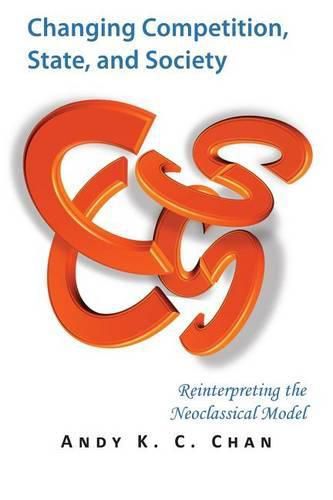Readings Newsletter
Become a Readings Member to make your shopping experience even easier.
Sign in or sign up for free!
You’re not far away from qualifying for FREE standard shipping within Australia
You’ve qualified for FREE standard shipping within Australia
The cart is loading…






In microeconomics, competition is a key process necessary to bring each individual and the society, as an aggregate of individuals, to the best possible state of being. However, the harmonious notion of the neoclassical model that’s based on this conception of free competition stands only by making an implicit assumption that the status quo is always available, that individuals always have the ability to reject propositions detrimental to their interests - which just isn’t so in reality.Using basic principles and charts rather than complex mathematics, this book posits a major breakthrough in microeconomic theory by removing the status-quo assumption from the model and putting competition intensity in the center-stage. The revised model opens up arenas like putting different types of market structure into a unified framework, examining the likelihood of having a self-interest state disciplined to work for the interests of its subjects, and reinterpreting the possibility of a harmonious society as originally envisaged by the neoclassical model.
$9.00 standard shipping within Australia
FREE standard shipping within Australia for orders over $100.00
Express & International shipping calculated at checkout
In microeconomics, competition is a key process necessary to bring each individual and the society, as an aggregate of individuals, to the best possible state of being. However, the harmonious notion of the neoclassical model that’s based on this conception of free competition stands only by making an implicit assumption that the status quo is always available, that individuals always have the ability to reject propositions detrimental to their interests - which just isn’t so in reality.Using basic principles and charts rather than complex mathematics, this book posits a major breakthrough in microeconomic theory by removing the status-quo assumption from the model and putting competition intensity in the center-stage. The revised model opens up arenas like putting different types of market structure into a unified framework, examining the likelihood of having a self-interest state disciplined to work for the interests of its subjects, and reinterpreting the possibility of a harmonious society as originally envisaged by the neoclassical model.